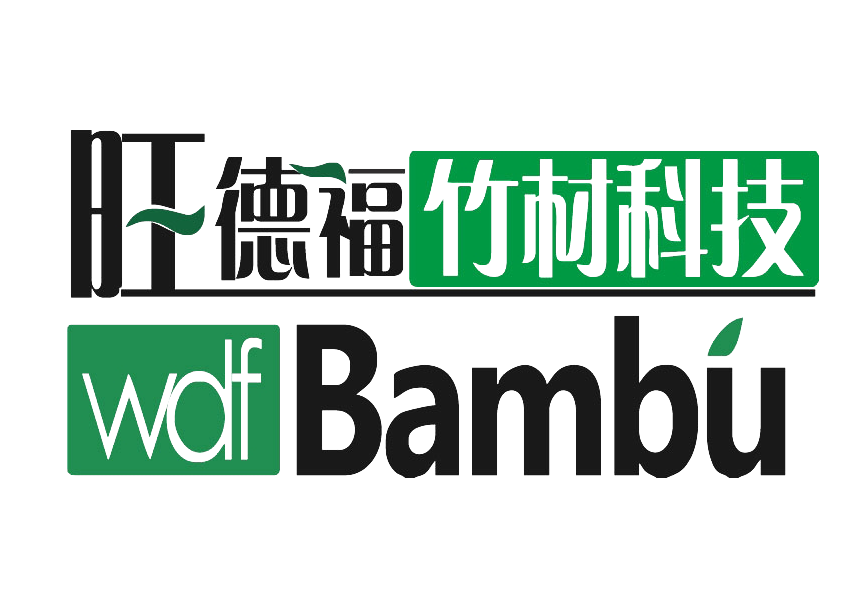The Environmental Advantages of Choosing Sustainable Storage Solutions
Modern homes increasingly prioritize sustainability, making eco-friendly drawer organizers an essential component of conscious living. These thoughtfully designed storage solutions offer far more than simple tidiness—they represent a meaningful step toward reducing environmental impact while maintaining functionality. Unlike conventional plastic organizers that contribute to landfill waste, eco-friendly drawer organizers utilize renewable, biodegradable, or recycled materials that align with circular economy principles. The manufacturing processes behind these sustainable products typically require less energy and generate fewer emissions compared to traditional options. Consumers who select eco-friendly drawer organizers actively participate in reducing microplastic pollution since these alternatives won't shed harmful particles when cleaned or worn over time. Beyond environmental benefits, these organizers often showcase superior craftsmanship and aesthetic appeal that plastic versions struggle to match, proving that sustainability doesn't require compromising on quality or design.
Reduced Environmental Footprint
Sustainable Material Choices
Eco-friendly drawer organizers utilize materials like bamboo, reclaimed wood, organic cotton, or recycled metals that require significantly fewer resources to produce than virgin plastics. Bamboo stands out as a particularly renewable option, growing up to thirty times faster than hardwood trees while absorbing more carbon dioxide from the atmosphere during its growth cycle. Recycled aluminum organizers offer another excellent alternative, using just five percent of the energy required to produce new aluminum while maintaining infinite recyclability. Even plant-based biopolymers derived from agricultural waste provide durable organizing solutions without relying on fossil fuel inputs. These material choices in eco-friendly drawer organizers actively divert waste from landfills and reduce dependence on non-renewable petroleum products that dominate conventional storage item production. The careful selection of non-toxic adhesives and finishes further enhances the sustainability profile of these organizers, ensuring no harmful off-gassing occurs in living spaces.
Energy-Efficient Manufacturing Processes
Producers of eco-friendly drawer organizers typically implement manufacturing techniques that minimize energy consumption and carbon emissions throughout production. Many utilize solar-powered facilities or purchase renewable energy credits to offset their operational footprint. Water-based dyes and low-VOC finishes replace toxic chemical treatments commonly found in mass-produced organizers. Some manufacturers employ closed-loop water systems to reduce consumption during materials processing, while others implement zero-waste cutting patterns to maximize material efficiency. The transportation impact of these products often proves lower as well, since sustainable brands frequently prioritize local sourcing of materials and regional distribution networks. These process innovations demonstrate how eco-friendly drawer organizers deliver environmental benefits at every stage of their lifecycle, from raw material extraction to final delivery in consumers' homes.

Health and Safety Benefits
Elimination of Toxic Chemicals
Conventional plastic organizers often contain concerning additives like phthalates, BPA, or formaldehyde that can leach into home environments over time. Eco-friendly drawer organizers avoid these hazardous substances entirely, utilizing natural materials that won't compromise indoor air quality. Bamboo's natural antimicrobial properties prevent bacterial growth without requiring chemical treatments, while organic fabrics eliminate exposure to pesticide residues common in conventionally grown textiles. Even the finishes and coatings on sustainable organizers use plant-based or water-based formulations that won't emit harmful volatile organic compounds. This chemical-free approach makes eco-friendly drawer organizers particularly valuable in children's rooms, kitchens, or any space where contact with stored items occurs frequently. The absence of off-gassing materials ensures these organizers won't contribute to the "new product smell" that often indicates the release of potentially harmful substances into home environments.
Improved Indoor Air Quality
The materials selected for eco-friendly drawer organizers actively contribute to healthier indoor environments rather than degrading them over time. Natural fibers like organic cotton or linen allow better air circulation compared to synthetic alternatives, reducing moisture buildup that can lead to mold growth. Solid wood or bamboo organizers won't emit the microplastics that synthetic versions shed with regular use, keeping these particles out of home air systems. Many sustainable organizers incorporate natural odor-resistant properties—bamboo contains bamboo kun, an antimicrobial agent that prevents unpleasant smells from developing. Unlike plastic alternatives that can absorb and retain odors from stored items, eco-friendly materials tend to remain fresh with simple cleaning using natural products. This focus on air quality makes these organizers ideal for individuals with chemical sensitivities or respiratory conditions who require hypoallergenic storage solutions.
Long-Term Economic Value
Durability and Lifespan Advantages
While eco-friendly drawer organizers may carry slightly higher upfront costs, their superior durability typically makes them more economical over time. Bamboo and solid wood organizers resist cracking and warping far better than plastic counterparts that become brittle with age. Metal versions crafted from recycled materials maintain their structural integrity for decades rather than years. The quality construction methods used in sustainable organizers—such as dovetail joinery in wooden designs or reinforced stitching in fabric versions—ensure they withstand daily use without failure. Many manufacturers of eco-friendly drawer organizers offer repair services or replacement parts to extend product lifecycles further. This longevity means households replace organizers less frequently, reducing consumption and waste over time while saving money on replacement purchases. The timeless designs of sustainable organizers also avoid stylistic obsolescence that drives unnecessary replacement of functional items.
Reduced Replacement Costs
The extended lifespan of eco-friendly drawer organizers directly translates to financial savings by minimizing repetitive purchases. High-quality sustainable organizers often last five to ten times longer than disposable plastic versions when properly maintained. Some manufacturers even provide lifetime warranties that cover repairs or replacements, effectively eliminating future costs. The modular designs of many eco-friendly organizers allow for reconfiguration as storage needs change, avoiding the expense of purchasing entirely new systems. Unlike cheap plastic organizers that degrade quickly and require complete replacement, sustainable versions can often be refurbished or refinished to maintain like-new appearance and function. This approach aligns with circular economy principles while keeping organizational systems functional for years without additional expenditure. Consumers ultimately save significantly by investing in quality eco-friendly drawer organizers rather than cycling through multiple inferior plastic versions.
Waste Reduction Impact
Biodegradability and Compostability
At the end of their exceptionally long useful lives, many eco-friendly drawer organizers can return safely to the environment rather than persisting in landfills. Bamboo, untreated wood, and natural fiber organizers will completely biodegrade under proper conditions, unlike plastic versions that may take centuries to break down. Some plant-based polymer organizers meet industrial composting standards, offering responsible disposal options unavailable to conventional products. Even when disposal becomes necessary, sustainable organizers won't contribute to microplastic pollution in waterways or soil systems. The minimal synthetic components in these eco-friendly drawer organizers simplify disassembly for proper recycling of any metal hardware or specialized components. This cradle-to-cradle approach ensures maximum material recovery and minimal environmental impact throughout the product lifecycle.
Contribution to Circular Economy
Manufacturers of eco-friendly drawer organizers increasingly design products with disassembly and material recovery in mind. Many offer take-back programs that refurbish or properly recycle organizers at no cost to consumers. The modular designs common in sustainable organizers allow individual components to be replaced rather than discarding entire units when damage occurs. Some companies even utilize recycled materials from previous organizers in new products, closing the material loop effectively. This circular approach contrasts sharply with traditional organizers that follow a linear "take-make-waste" model ending in landfills. By selecting eco-friendly drawer organizers, consumers actively support business models that prioritize resource conservation and waste elimination throughout the product lifecycle. The growing availability of these sustainable options makes participating in the circular economy easier than ever for environmentally conscious households.
FAQ
How do eco-friendly drawer organizers compare in cost to conventional options?
While sustainable organizers may carry a 20-30% higher initial price point, their extended lifespan typically makes them more economical within 2-3 years of use compared to replacing plastic versions multiple times.
Can eco-friendly drawer organizers withstand moisture like plastic versions?
High-quality bamboo and properly finished wood organizers handle humidity exceptionally well, while recycled stainless steel options provide excellent moisture resistance without plastic's environmental drawbacks.
What makes bamboo organizers more sustainable than wood?
Bamboo regenerates completely in 3-5 years versus decades for trees, requires no pesticides, and produces 35% more oxygen than equivalent tree stands while absorbing more carbon dioxide.



 Home
Home